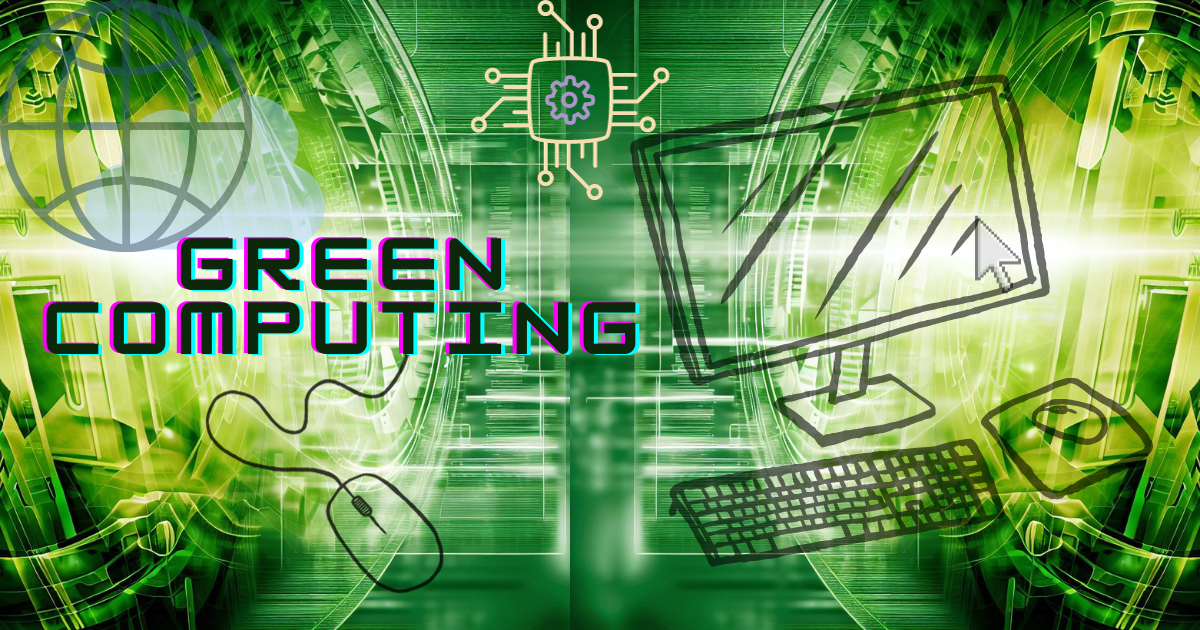Green computing, also known as sustainable computing or eco-friendly computing, refers to the practice of designing, manufacturing, using, and disposing of computer systems and technologies in an environmentally responsible and energy-efficient manner. The primary goal of green computing is to reduce the environmental impact of information technology (IT) devices and services while optimizing their performance.
Here are some key aspects of green computing:
- Energy Efficiency: One of the central pillars of green computing is to reduce energy consumption. This includes using energy-efficient components and technologies such as low-power processors and LED displays, and implementing power management strategies to reduce energy waste when the computer is not in use.
- Renewable energy: Using renewable energy sources such as solar or wind power to operate data centers and IT infrastructure can significantly reduce the carbon footprint of computing operations.
- E-waste reduction: Green computing also focuses on reducing electronic waste (e-waste) through strategies such as recycling and responsible disposal of old computer equipment. This helps prevent toxic materials from entering landfills and reduces the environmental impact of electronic devices.
- Virtualization: Server virtualization and desktop virtualization technologies allow multiple virtual machines or desktop instances to run on the same physical server or workstation. This consolidation reduces the number of physical servers and, as a result, reduces the energy required to power and cool them.
- Cloud computing: Cloud services can contribute to green computing by optimizing resource usage and allowing users to scale their computing needs according to demand. Data centers operated by cloud providers can be designed to benefit from energy efficiency and economies of scale.
- Green packaging: Using environmentally friendly packaging materials for computer equipment can reduce waste and reduce the carbon footprint associated with manufacturing and shipping.
- Efficient cooling: Data centers and server rooms can consume substantial amounts of energy for cooling purposes. Implementing efficient cooling systems and designing data centers with energy-efficient cooling in mind can help reduce this energy consumption.
- Sustainable materials: Using sustainable and recyclable materials in the production of computer hardware can help reduce the environmental impact of manufacturing.
- Green Software: Development and use of software optimized for energy efficiency can contribute to green computing. This includes writing code that uses resources efficiently and designing software with power-saving features.
- Awareness and education: Promoting awareness and educating IT professionals and users about green computing practices can help drive adoption of environmentally friendly technologies and behaviors.
Green computing is essential to reduce the environmental impact of the rapidly growing IT industry. It not only helps in reducing energy consumption and e-waste but also contributes to cost savings for businesses and organizations by reducing energy bills and increasing the lifespan of IT equipment.
For more details check out Wikipedia page .

